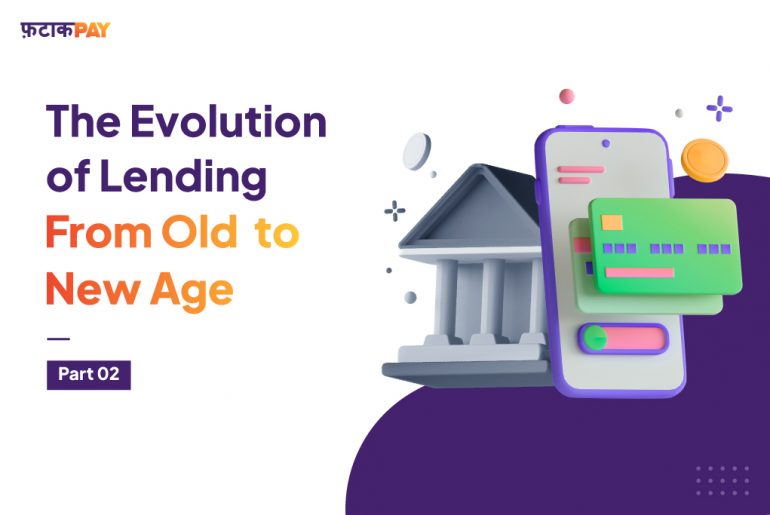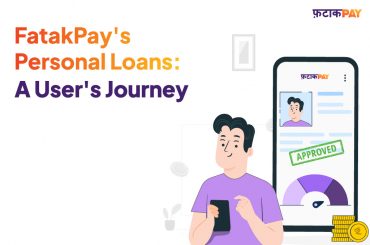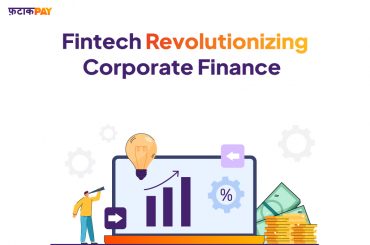Quick Recap of Lending:
The process of Lending involves an individual, a group (public or private), or a financial institution, which makes funds available to a person or business with the expectation that the funds will be repaid. In Part 1 we covered Lending in the Ancient and Middle ages across various geographies. In Part 2 our focus will gradually move towards modern times. Let’s venture ahead into the topic.
Lending in the 17th and 18th Century in Europe:
In London in the 17th century, the practice of producing banknotes was only starting to take off.
The goldsmiths of London created banking in its modern form. They did this in a very innovative way. This was done through various business activity functions, such as maintaining facilities to store gold, silver, and bullion in safe vaults, deposits and loaning out deposits (as well as their own money), trading in foreign exchange, and discounting bills of exchange. They also started trading in both domestic and foreign coins.
These activities were either incidental to other economic activities or by-products before the advent of the goldsmith bankers.
Modern banking innovations were built on the documentation of these actions.
Receipts for deposits at Goldsmiths gave rise to the banknote, or more specifically, the paper money. These receipts quickly gained the ability to be exchanged like authorised bills of exchange.
The 18th century saw a rise in global trade. The banking system needed to have control over this global trade. Mayer Amschel Rothschild therefore successfully established five banks by putting his sons in the continent’s major towns (Paris, Frankfurt, London, Naples and Vienna). By constructing a centralised banking system, he established a network for the transmission of money and is credited with developing the idea of international finance
Lending in India from the 1700s to the early 1900s:
An agrarian economy gave way to a manufacturing- and industrial-based economy during the Industrial Revolution (1733–1913 AD). Due to the rising demand for funds, it was also essential in expanding the lending system.
Most nobles and merchants gave business loans to entrepreneurs to enable them to rapidly increase their staff. Another common type of loan was an indenture, which required the borrower to work on the estate of the lender to repay the debt. Early on in the East India Company’s history, Seths and Shroffs engaged in money lending and provided merchants with small business loans to help them with their commerce.
Under the British occupation, numerous banks were established throughout India. The Bank of Hindoostan, the first European bank, began operating in Calcutta (now Kolkata) in 1770 to offer commercial loans for international trade. In 1832, it fell short, though.
Lending in the USA in the 1800s:
The Philadelphia Savings Fund Society was founded in the early 1800s, which was a significant period for lending in America. They were effectively a bank, but they chose not to call themselves one because people at the time were wary of financial institutions. With its core investments in bonds and mortgage-backed loans, the Society’s main objective was to enable working-class individuals and immigrants to become successful and stable through saving and homeownership. In the 1870s, they started to lend more frequently, and by the 1880s, they were among the largest banks in the country.
The advent of technology:
Another loan revolution occurred in the 1950s–1970s. The first person to use a card—now known as the Diner’s Club Card—to pay a restaurant bill was Frank McNamara. Bank of America introduced the BankAmericard in 1958 (now known as Visa). FICO scores were widely employed in 1959 by lenders to make wise credit judgements while approving mortgage loans. The credit card system was computerised in 1973 by Visa CEO Dee Hock, which reduced transaction times to just one minute.
Before computerization, payments and transactions were made via phone calls and were extremely slow and laborious. But, after computerization, transactions and payment times shrank from days to minutes.
Online Lending is born:
Due to the hundreds of hours of paperwork required to handle and file loans, as well as the expanding population and increased demand for loans, computers entered the picture just in time. The advancement of computers and electronic information also had an impact on how lending processes changed.
When Quicken Loans in Detroit moved the majority of their loan origination operations (application and review processes) online in 1985, it dramatically sped up the mortgage lending system. With the widespread use of online banking in 1999, borrowers were no longer obliged to leave their homes or contact others to submit a loan application.
The era of FinTech:
This major technological advance, which has eliminated the enormous amount of paperwork and effort involved with traditional loans, has ushered in a brand-new era of online financing. The era of fintech lending is now.
What exactly is it? This means that to better serve their borrowers, financial institutions integrate technology, machine learning, data analytics, and digital marketing.
The first generation of FinTech Lending was in 2005. In comparison to the traditional loan products that banks offered, the initial group of digital lenders focused on providing improved risk modelling. LendingClub, Prosper, PayPal, and Zopa made up this group. Subsequently, Square and Amazon joined as well. They offered credit cards, loans for individuals, and lines of credit (LOC).
The 2010s saw growth in this sector. From 2013 to 2018, FinTech Lending increased by 40%. This was because of the enormous data influx to enhance lending modules (including KYC, credit bureau, bank statement analyzer, biometrics, etc.) incorporating contemporary technology (ML, data science, etc.) to enhance underwriting by incorporating alternative data. Data processing through cloud services allows for quicker credit determinations.
The use of technology as an infrastructure made it possible to optimise operational time and cost while streamlining lending platforms. It was not necessary to construct a loan origination system and loan management system from scratch. To supply those services, the financial institutions contracted with companies like Cloudbankin. Using online marketing tools (websites, social media, emails, etc.) has become standard practice to find borrowers quickly. Lenders’ operational expenses and risk decreased as a result.
More about Lending in the era of FinTech:
In the late 2010s, the second generation of Fintech Lending began (2019 to present). These new lenders concentrate more on creating customised credit packages at lower costs and with lower risk for consumers. This has led to new credit products and concepts like co-lending, BNPL, embedded finance, mobile financing, etc. The expansion of this industry is a result of borrowers’ demands for new loan products and strategies for establishing credit while reducing debt risk.
FinTech Lending, which emphasises only borrowers and offers a speedier, user-friendly, modern, and seamless financing procedure, is increasingly eating up the traditional lending model.
The lending process will undergo more changes and become more transparent in the years to come. A single platform will contain all the steps – from loan origination to loan management, to closing. The goal is to create a process that is smoother, quicker, and has fewer bottlenecks.
Additional Links:
We hope our blog was informative and attractive enough to pique your interest 🙂
You can check out our other blogs and LinkedIn Articles:
https://www.linkedin.com/pulse/what-nbfc-fatakpay/?trackingId=KW40gH%2BTqj6fU0%2Ba9PfSMg%3D%3D
https://www.linkedin.com/pulse/what-assurance-fatakpay/?trackingId=0Z7CZzPzvLy42DeoRyPWQw%3D%3D
About FatakPay:
FatakPay provides virtual credit facilities for all. It’s available on your phone and caters to your everyday needs in both online and offline format. Do payments seamlessly through UPI/QR codes. The solution provides an almost zero cost, free, quick, transparent and a secure way to transact in multilingual format. Our app also has a Scan Now Pay Later facility and easy repayment options.
Link to FatakPay App: https://play.google.com/store/apps/details?id=com.fatakpay
Link to the Website: https://fatakpay.com/







